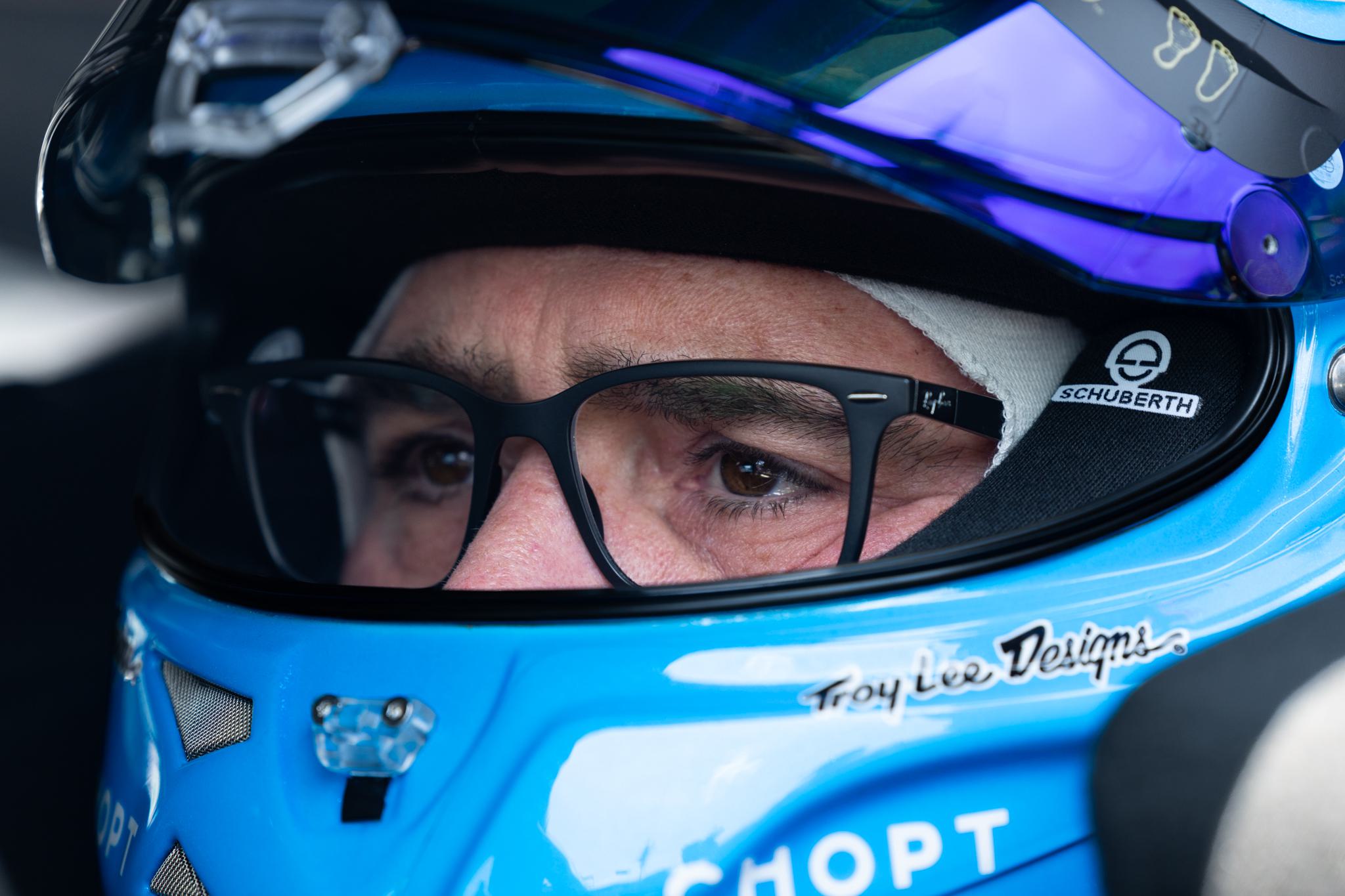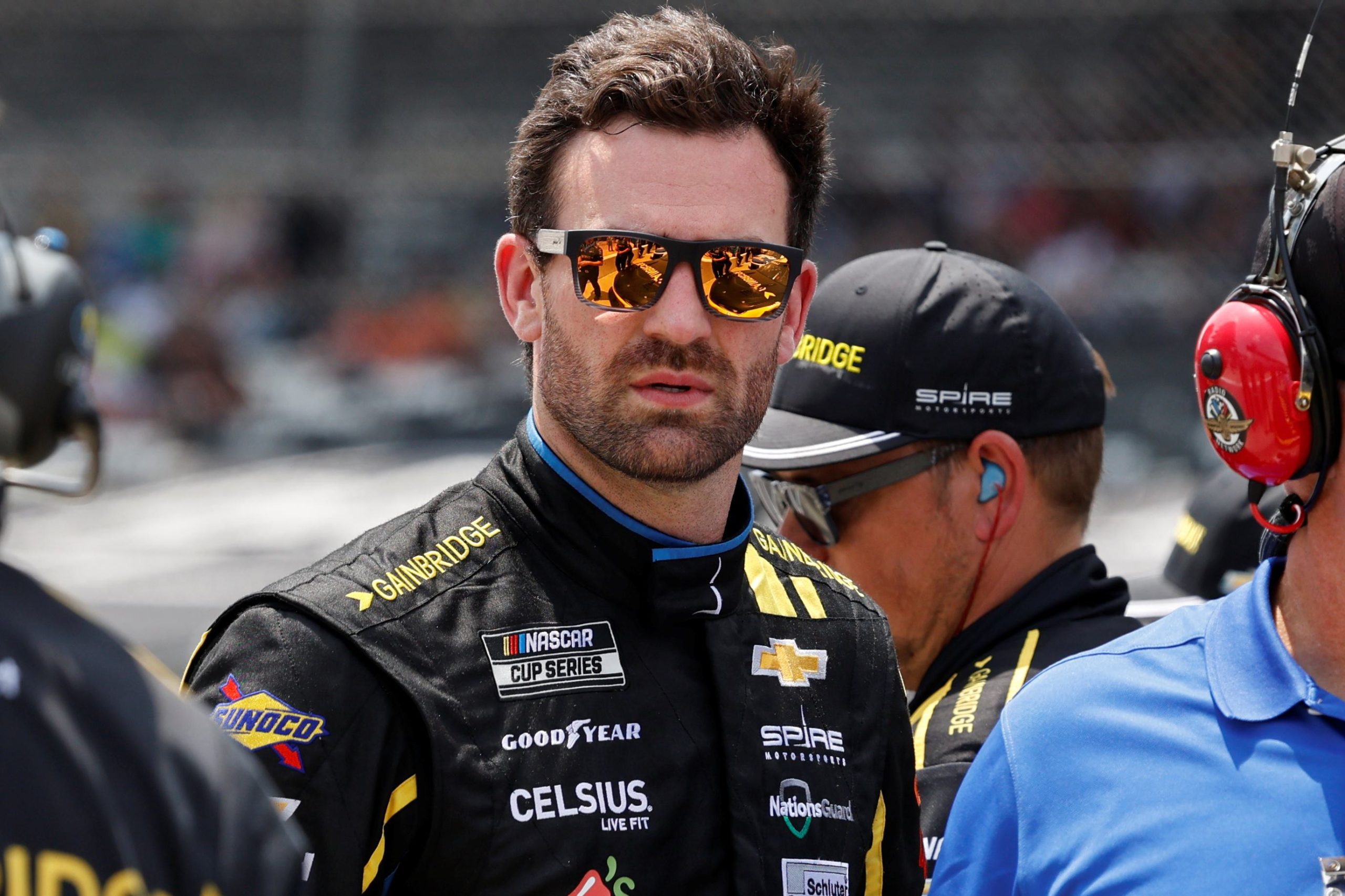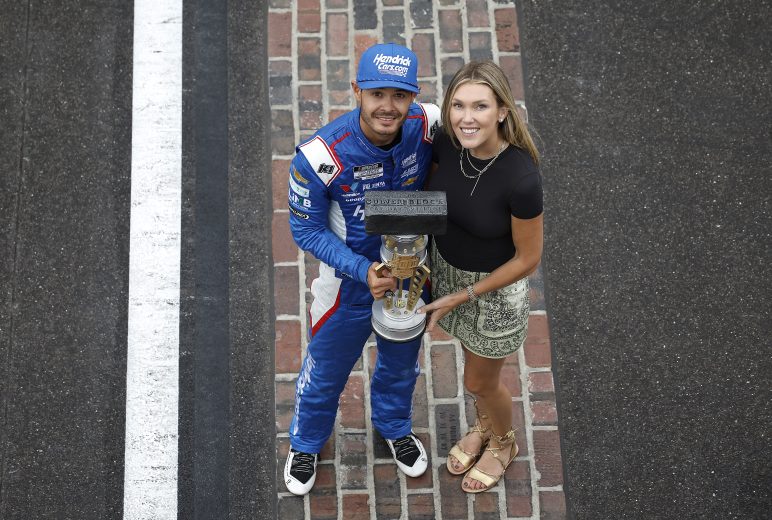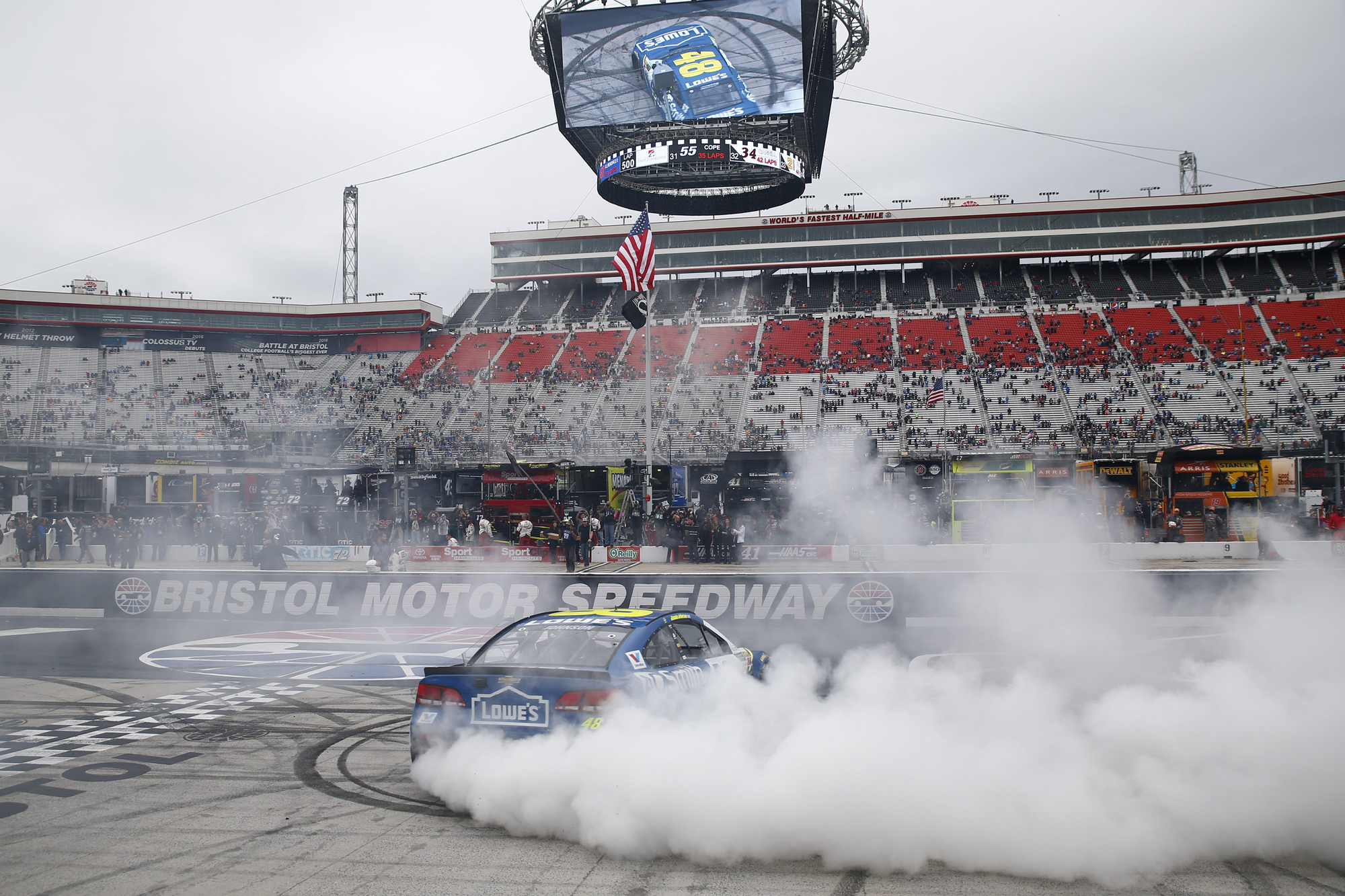What is the top speed of the Las Vegas NASCAR track?
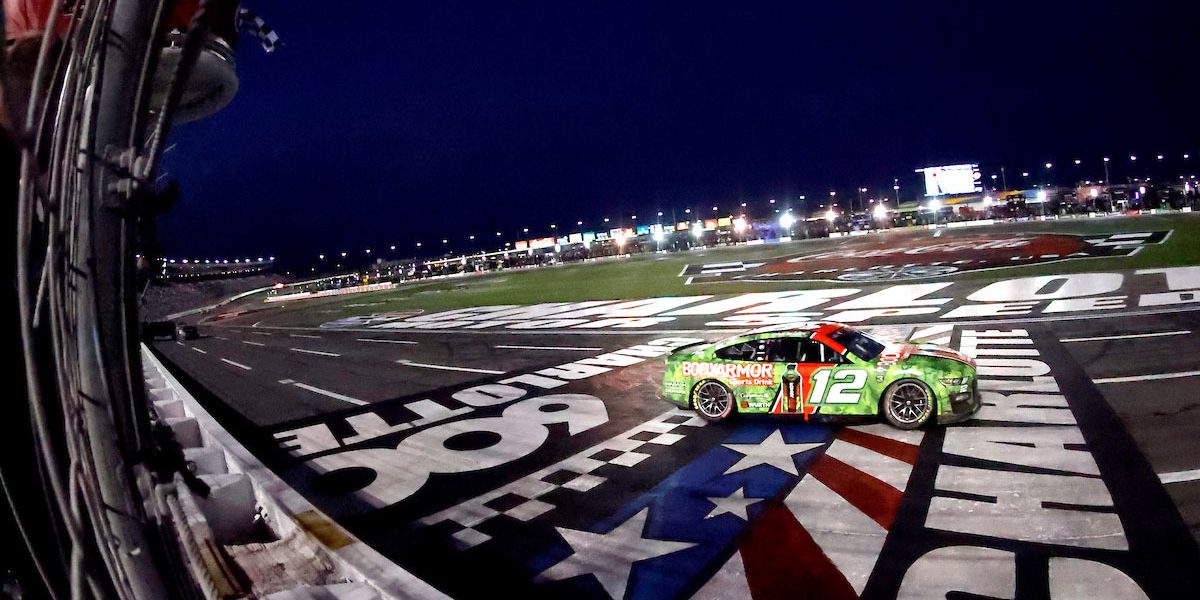
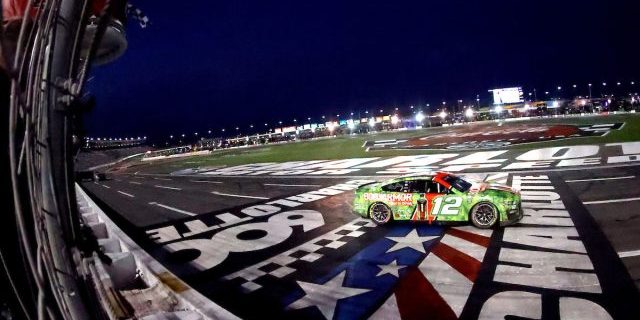
You’re a NASCAR fan or maybe a budding racer, and you’re wondering: What’s the top speed that cars can reach at the Las Vegas NASCAR track?
The top speed of the Las Vegas NASCAR track can be upwards of 200 mph, depending on the car and conditions.
Table of Contents
In this article
In this article, we’ll delve deep into the variables that contribute to these top speeds at the Las Vegas Motor Speedway. From track specifications to car performance and aerodynamics, we’ll cover it all.
A Detailed Explanation of Top Speeds at the Las Vegas NASCAR Track
Track Specifications
The Las Vegas Motor Speedway is a 1.5-mile tri-oval track with varying banking that contributes to its unique speed capabilities. The banking in the turns allows for higher speeds, as it provides the lateral grip needed for cars to navigate the corners without losing control. The track’s layout and surface material also play a significant role in the speeds achieved.
Aerodynamics and Car Setup
Another vital aspect affecting top speeds is the car’s aerodynamic setup. Teams spend a lot of time in wind tunnels and on computers to perfect aerodynamic efficiency. The less aerodynamic drag a car has, the faster it can go on straight portions of the track. However, balancing this with enough downforce to grip the road is crucial.
The Role of Engines
Engines in NASCAR vehicles are fine-tuned for maximum performance. A typical NASCAR engine is a pushrod V8 that can produce around 850 to 900 horsepower. The power of the engine directly correlates with the vehicle’s top speed. However, it’s important to note that engine durability is also a concern. Teams must ensure that their high-performance engines can withstand the rigors of a full race without failure.
External Factors
Weather conditions such as temperature, humidity, and wind can also impact a car’s top speed. Cooler conditions can allow the engine to run more efficiently, leading to higher speeds. Conversely, windy conditions could slow the cars down by increasing aerodynamic drag.
Here’s everything else you need to know to fully understand the nuances behind achieving top speeds at the Las Vegas NASCAR track.
Factors Affecting Tire Performance
Tire Composition and Durability
Tires are a pivotal element in determining a car’s top speed. NASCAR typically uses a specific type of tire designed for durability and high-speed grip. The rubber composition and tire pressure can have a significant impact on speed. Too low pressure can cause the tire to overheat and fail, whereas too high pressure can lead to reduced grip.
Tire Wear and Pit Stops
As the race progresses, tire wear becomes a crucial factor in maintaining high speeds. Worn-out tires can slow a car down and make it more challenging to handle. Timely pit stops for tire changes can ensure that a car remains competitive in terms of speed throughout the race.
Fuel Consumption and Strategy
Fuel Efficiency
NASCAR races are not just about top speeds; they’re also about endurance and strategy. Fuel efficiency can sometimes trump raw speed. Cars may need to conserve fuel at times, leading to reduced speeds. Being fuel-efficient can enable a car to make fewer pit stops, which might result in a better race position.
Fuel Load
The weight of the fuel also plays a role in a car’s speed. A full fuel tank will make the car heavier, thus slightly reducing its top speed. As the fuel burns off, the car becomes lighter and can potentially go faster.
The Driver’s Skill
Experience and Technique
Driver skill is perhaps the most unpredictable but vital factor in achieving top speeds. An experienced driver knows when to push the car to its limits and when to hold back. They also understand how to navigate traffic, which can have a dramatic effect on average and top speeds.
Psychological Factors
Racing is as much a mental game as it is a physical one. A focused and mentally agile driver can make quicker decisions, which can contribute to higher speeds. Stress or pressure can affect a driver’s performance, sometimes leading to mistakes that can slow them down or take them out of contention.
What is the top speed of the Las Vegas NASCAR track? – Final Thoughts
You’ve now dived deep into the world of NASCAR racing at the Las Vegas Motor Speedway, exploring what makes those eye-popping top speeds possible. From track specifications and car setups to the nuanced strategy involving tires and fuel, achieving that 200 mph mark is a complex dance of many variables. And let’s not forget the skill and mental acumen of the drivers, who are the final piece of this high-speed puzzle.
Whether you’re a seasoned fan or new to the thrills of NASCAR, hopefully, this in-depth look has equipped you with a better understanding of what goes into reaching those breathtaking speeds. So the next time you watch a race or perhaps even find yourself behind the wheel, you’ll have a newfound appreciation for the intricacies of this exhilarating sport.
What is the top speed of the Las Vegas NASCAR track? – Frequently Asked Questions
What is the length of the Las Vegas NASCAR track?
The Las Vegas Motor Speedway is a 1.5-mile tri-oval track.
How many laps are typically raced at the Las Vegas NASCAR track?
The number of laps can vary depending on the event, but for the NASCAR Cup Series, it’s usually around 267 laps.
Do NASCAR cars have speed limiters?
No, NASCAR cars do not have speed limiters. Speed is restricted by track conditions, car setup, and regulations, not by a mechanical limiter.
What type of fuel do NASCAR cars use?
NASCAR vehicles use a specific type of lead-free gasoline known as Sunoco Green E15.
Who holds the speed record at the Las Vegas Motor Speedway?
The speed records can vary by category and conditions, so it’s best to check the most current statistics from official sources.
Feel free to delve deeper into any of these topics to satisfy your curiosity or prepare for your next NASCAR adventure!

